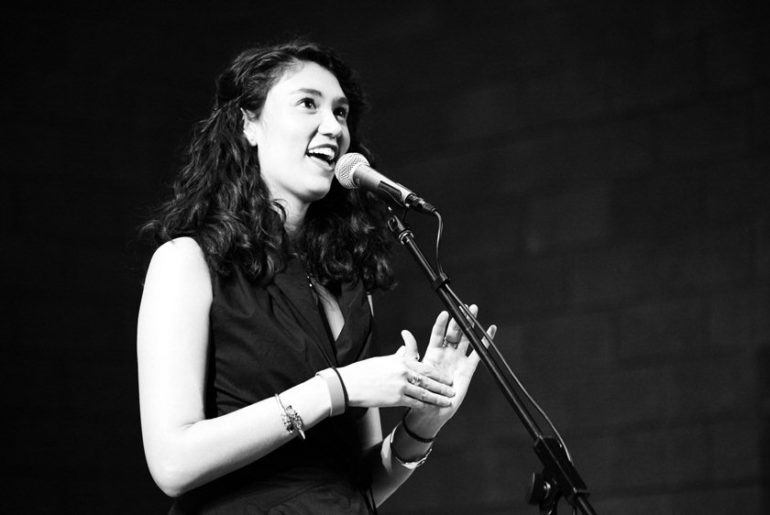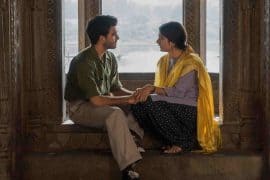The culture of slam poetry has become so common that even schools have slam competitions and poetry sessions. This new-age, so-called hip-hop culture took decades to get so deep-rooted in our sub-continent as well as from where it started.
The concept of not using bookish and formal rules of poetry, but rather using everyday language to create rhymes was introduced by Marc Kelly Smith in 1984. Marc Smith was a construction worker and his efforts changed this new art form into weekly competitions like Uptown Slam Poetry on July 25, 1986 at Green Mill, a Chicago jazz club. Seattle Poetry Slam was founded in the fall of 1992. The Seattle Slam team members starred participating in Nationals from 1996 and these competitions were held every year in a different state of North America. The culture, subsequently, branched out to Europe and Australia.
The art form has no specific rules to be followed and can be molded according to the poet’s style. It is a thriving art form which gives youngsters the space and reach to express themselves. It started out as a sphere that helps the poet(s) talk of political, racial, and economic disparity. The platform gives the poets the freedom to express their takes or opinions on the political scenario around them. Today, it has fanned out to their personal experiences, funny anecdotes, and even history with violence and abuse. Because of its outreach, slam poetry has helped poets become vocal about their traumatic experiences, help other survivors, and get healed themselves. Lane Shuler believes that “an audience can entirely change the way a poem is delivered just by the energy they give off.” Poets have even left their audiences in peals of laughter by talking about their short height and dog’s pop problems.
Diksha Bijlani, a Slam Poet from Gargi College who won the National Youth Poetry Slam in 2016 and represented India in CUPSI,Chicago, shared her views regarding the culture of spoken word in India. She said, “In my opinion, a significant way through which spoken word has empowered communities around our country is by giving them a platform to reclaim things that they have been made to feel ashamed about for long. Be it body hair, dark skin, be it short dresses, be it mental illness, their sexuality, the gender spectrum, or religion and caste-based identities.”
Indians are not far behind; slam poetry has gained momentum just like stand-up comedy in India. Various outlets have sprung up to help poets express themselves and even be published. Art Refurbish is a Mumbai-based online magazine that publishes poets’ work as well as hosts competitions regularly. A Delhi-based counterpart of this is the Delhi Poetry Slam. This platform has even helped poets publish their works in books and other magazines.
Ms. Bijlani also added, “The only problem I see arising is one of advocacy not channeling into activism. It isn’t difficult to go behind a mic and advocate for the women’s movement as a woman or a male ally. But the difficult thing is to convert this advocacy into activism on ground, to hold ourselves accountable for every time we propagate rape culture, or to call out our peers for every sexist remark. The real work happens when we come out of slams, and while poetry slams are a great place to rage together, to support each other in our fight, and build solidarity, the advocacy that happens inside of slams also needs to be channelised into tangible, constructive activism outside of it. I hope the new generation of poets takes up slam poetry for this reason, and not just to follow a mainstream trend.”
Our university has been ever-welcoming of this culture. We often witness slam poetry sessions or competitions taking place in every college’s departmental and cultural fest. These sessions often happen in places outside our college premises too and help us to connect with like-minded people.
Feature Image Credits: The Writer Magazine
Prachi Mehra





Comments are closed.